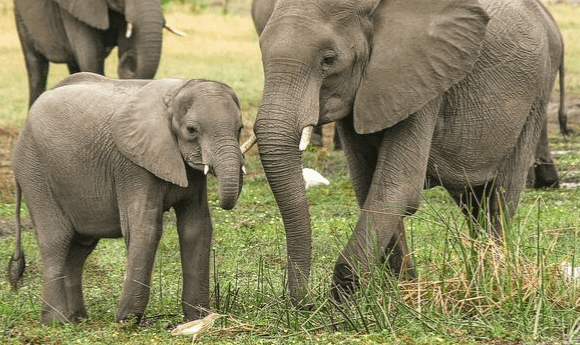Are environmental threats sufficiently portrayed in nature documentaries?

Researchers have analyzed four recent David Attenborough series to evaluate whether they demonstrate the realities of current environmental threats.
A collaborative perspective study between researchers at Bangor University (UK), the University of Kent (Canterbury, UK), Newcastle University (UK) and the University of Oxford (UK) has compared the four most recent David Attenborough series: Our Planet, Dynasties, Blue Planet II and Planet Earth II. They evaluated how much time in each series is dedicated to discussing environmental threats.
The team manually evaluated the scripts for each series. A color-coded system was implemented to note mentions of environmental threats as well as highlighting positive aspects of the script; for instance, stories regarding successful conservation efforts and species recoveries. The scheme was then utilized to analyze the percentage of total words that each episode dedicated to environmental threats or success stories.
It was demonstrated that Our Planet, Attenborough’s most recent series, discusses environmental threats more than any of the other series, with 15% of the total word count dedicated to discussing anthropogenic issues. Blue Planet II was a close second with 13%; however, it was noted that Our Planet discussed environmental issues in every episode. The majority of Blue Planet II’s script mentions were concentrated in the final episode of the series.
- A global temperature increase of 2 degrees could cause Arctic sea ice to disappear
- Microplastic pollution could reduce drinking water quality
- Manipulating crops to cope with climate change
Our Planet dedicated more time to the consideration of environmental threats. However, the researchers noted that visually it did not differ much to the other series. While the voiceover discussed threats to habitats, the onscreen depictions told another story of pristine, untouched nature. Even when considering the infamous scene, which depicted walruses plummeting to their deaths, it was only the voiceover that linked the unfolding tragedy to the impact humans are having on the natural world.
Lead author Julia Jones (Bangor University) made the point: “One could argue that by using camera angles to avoid showing any sign of people, nature filmmakers are being disingenuous, and even actively misleading audiences. The viewer may be led to believe that things cannot be that bad for biodiversity as what they are seeing on the screen shows nature, for the most part, doing fine.
Despite the tentative approach that nature documentaries take in portraying the human effects on habitat loss and species decline, they can often be positive influences on public opinion and decision makers. The final episode of Blue Planet II is credited with contributing to the change in UK policy regarding marine plastics, as well as encouraging individuals to cut down on single-use plastics in their day to day lives.
The study authors recommend that the next step is for documentary makers to collaborate with researchers, in order to assess the impact that future creations may have on environmental conservation efforts.





